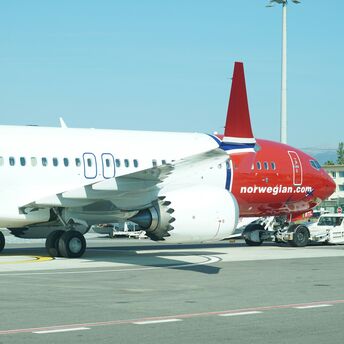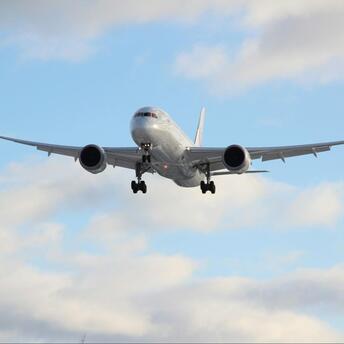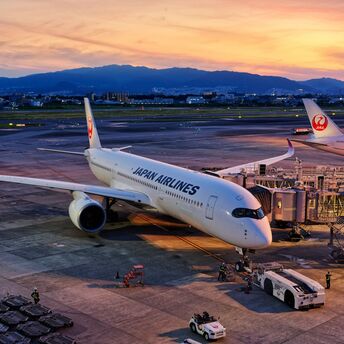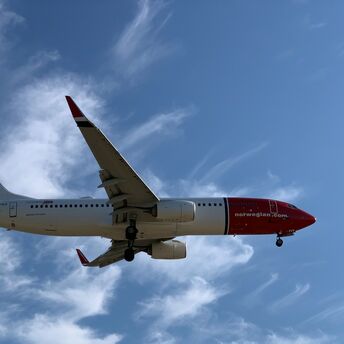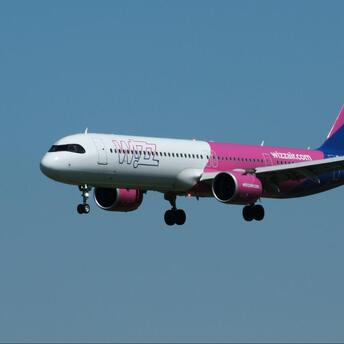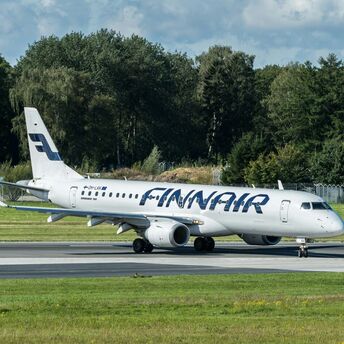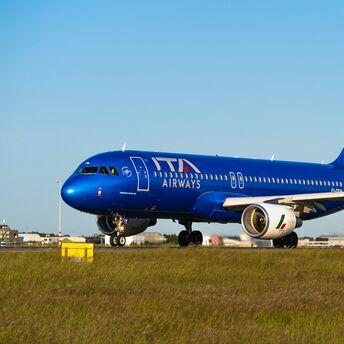Emirates Enhances Facilities and Services for Inclusive Air Travel

Emirates has introduced a series of new measures to support passengers with disabilities, presented at the 7th AccessAbilities Expo in Dubai. The Accessible & Inclusive Travel Hub on the official website forms a core part of these updates, giving travelers practical information to plan journeys suited to their accessibility needs. The airline has implemented enhancements to inflight services, sensory tools, and Dubai International Airport facilities to assist passengers with diverse accessibility requirements.
The platform supports passengers in preparing for their journey while ensuring they can reach the help they need at each stage. The Accessible & Inclusive Travel Hub enables passengers to access and navigate resources in several different ways:
- By type of disability, including mobility, visual, hearing, or hidden disabilities.
- By stage of the journey, covering pre-flight preparation, connecting in Dubai, and onboard assistance.
- By specific needs, such as booking special assistance, preparing for travel with the autism-friendly guide, and exploring Dubai Airport (DXB) with sensory maps and guides.
- With compatibility for assistive technologies including screen readers, voice control, and keyboard navigation.

These improvements aim to make air travel smoother and more manageable for passengers. Onboard sensory products and fidget tools can help neurodivergent passengers or those feeling anxious, while redesigned Business Class mattresses provide greater comfort for travelers with mobility restrictions. Inflight entertainment has been upgraded to include hundreds of films with closed captions or audio descriptions, along with new navigation features on the Airbus A350-900 designed to assist visually impaired passengers.
Airport services in Dubai have been upgraded to further support independent movement. Barrier-free corridors, improved biometric systems, and updated check-in kiosks with braille, tactile buttons, audio guidance, and adjustable screens have been added to make airport navigation easier for passengers with mobility or sensory challenges. In addition, a prototype wheelchair-accessible chauffeur vehicle has been launched, with plans to expand the fleet by 2026, offering safer and more efficient transportation for passengers who need mobility assistance.

These developments represent a significant move toward more inclusive travel, giving passengers with accessibility needs increased independence and confidence throughout their journey. By integrating accessibility into both digital and physical travel environments, the updates signal a broader trend toward making air travel more manageable and equitable. Taken together, these updates provide passengers with greater ease, security, and clarity throughout their journeys, emphasizing the increasing role of accessibility in contemporary air travel.



